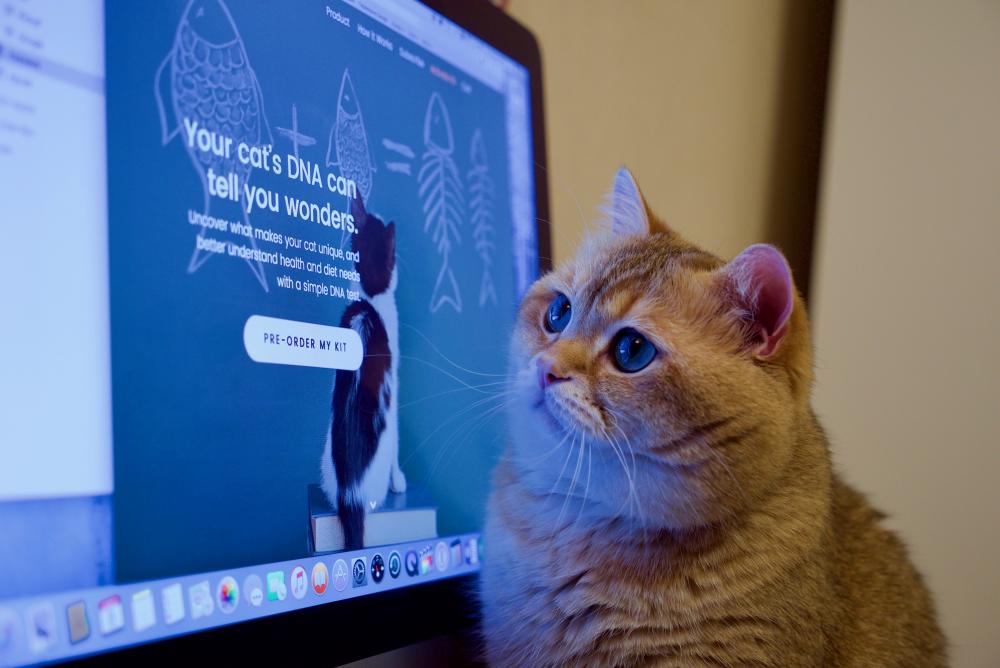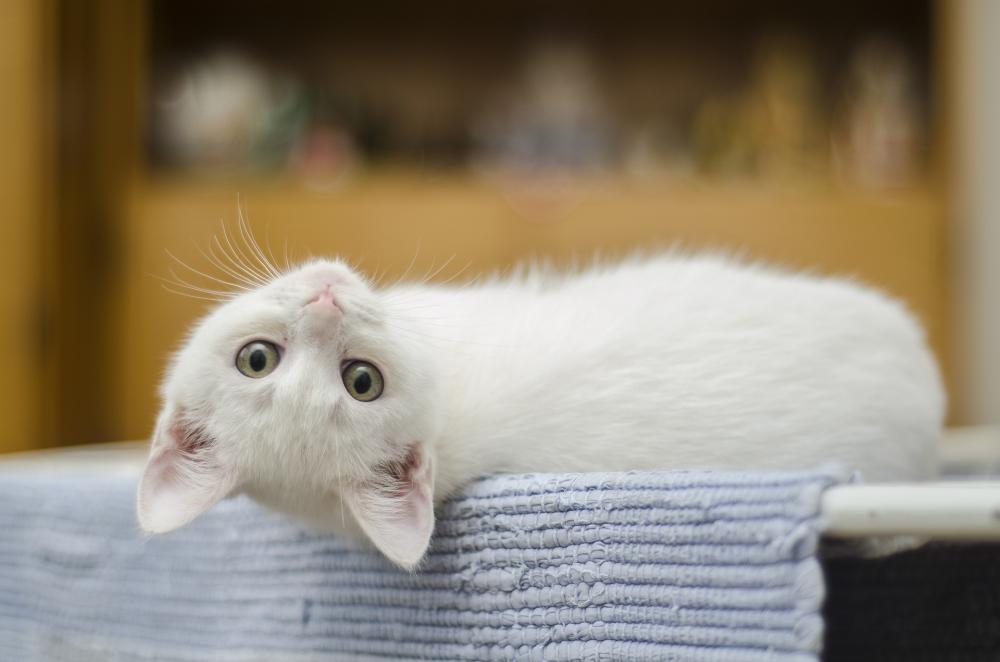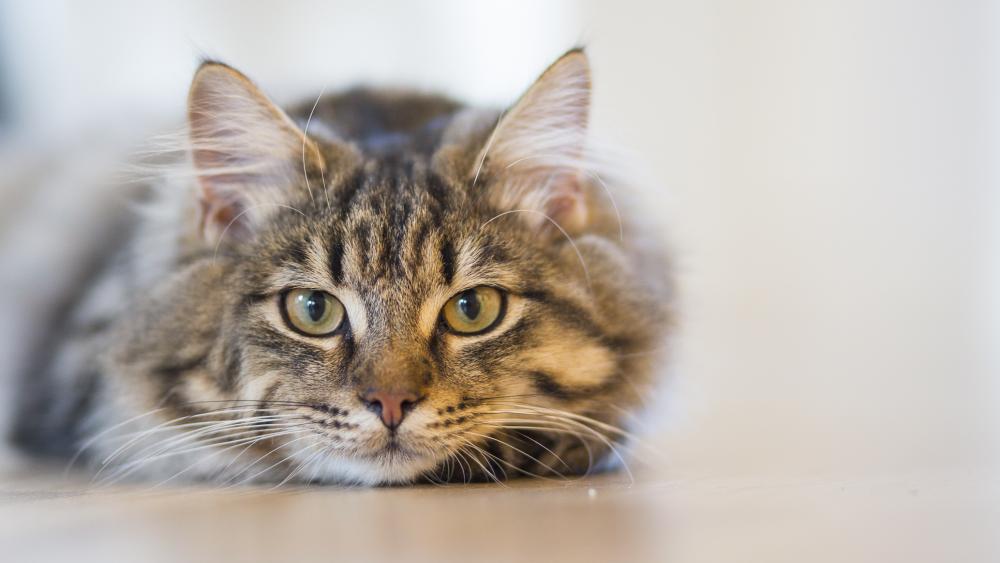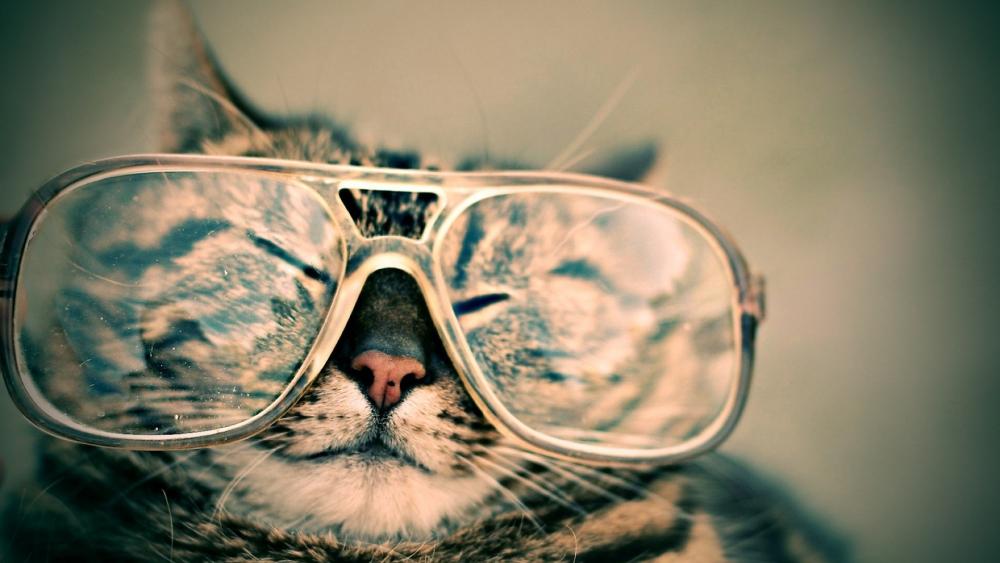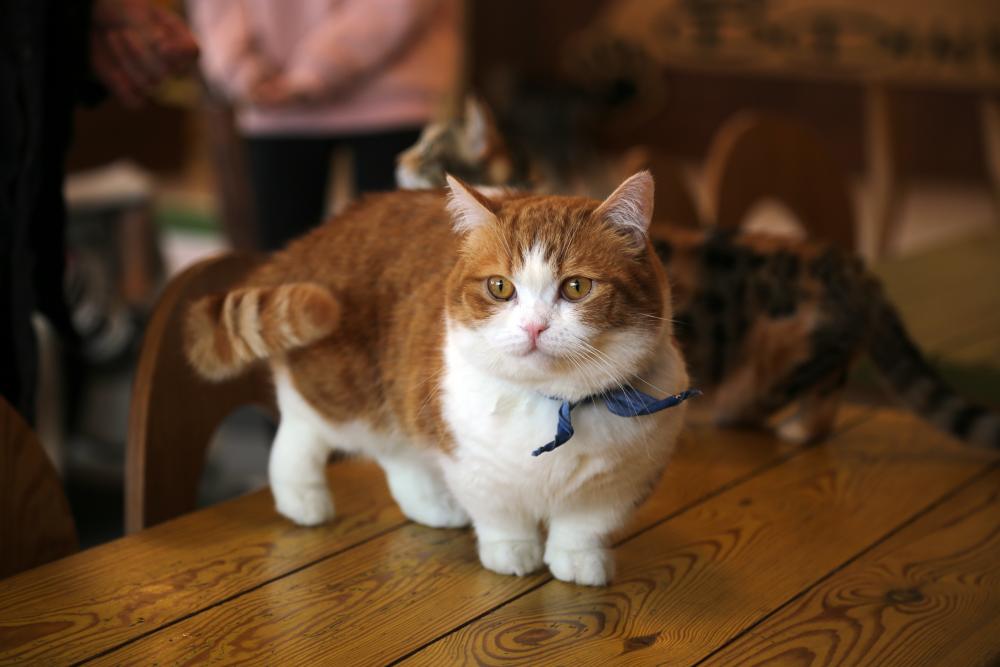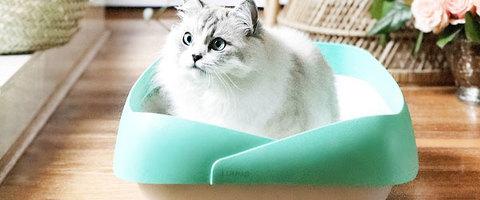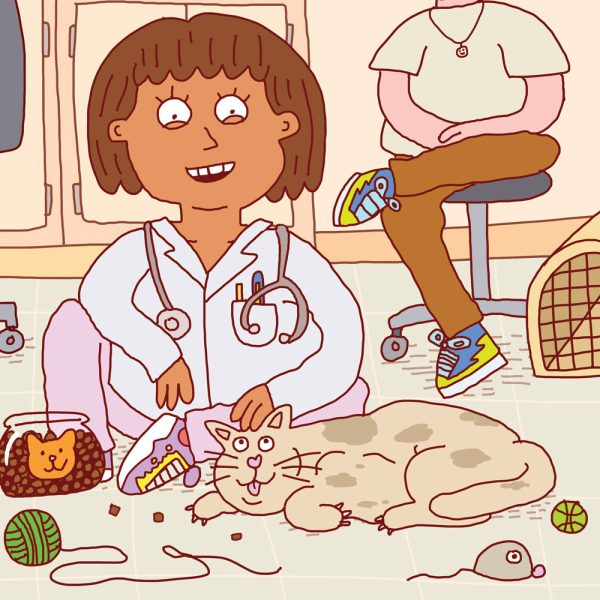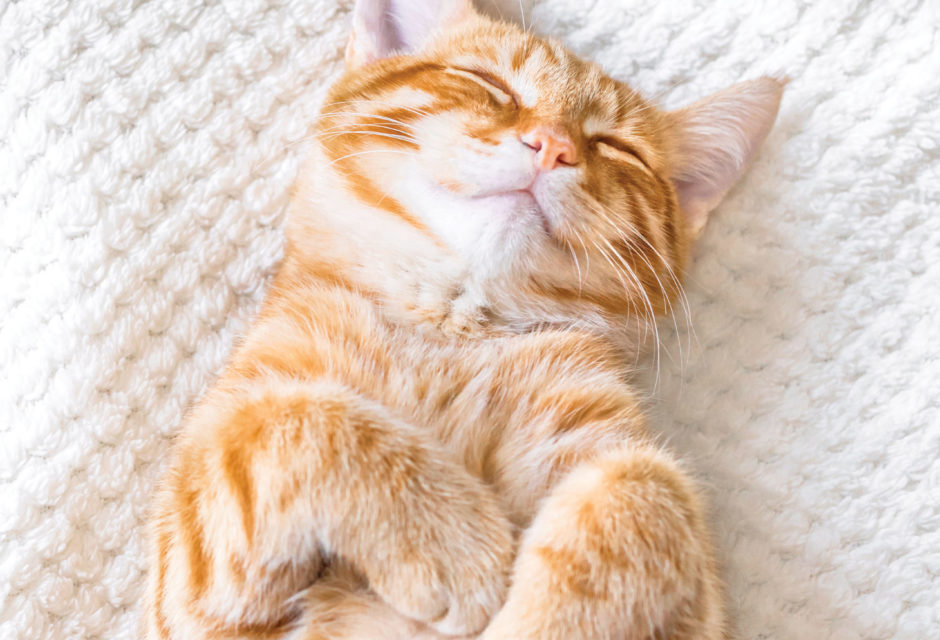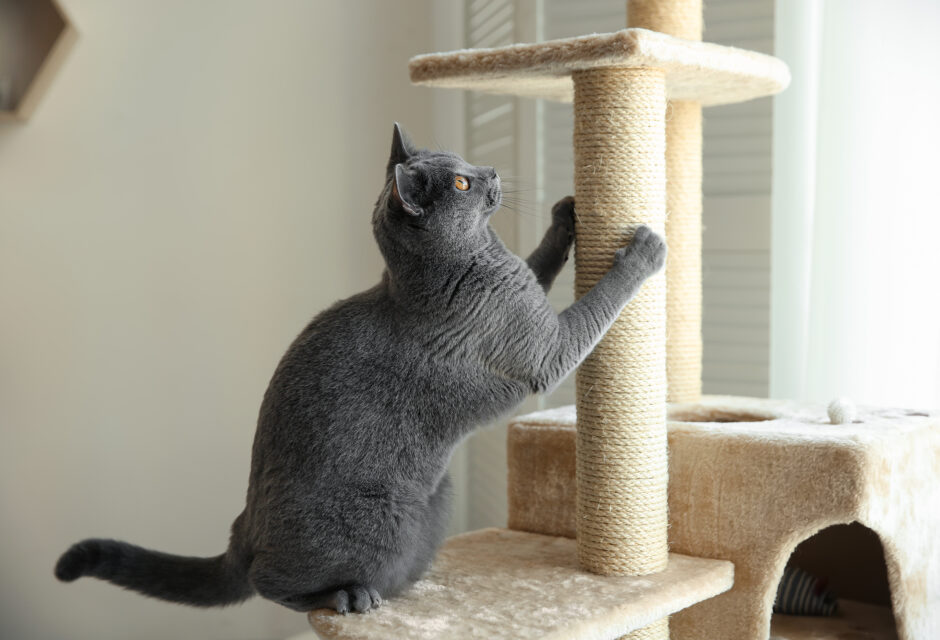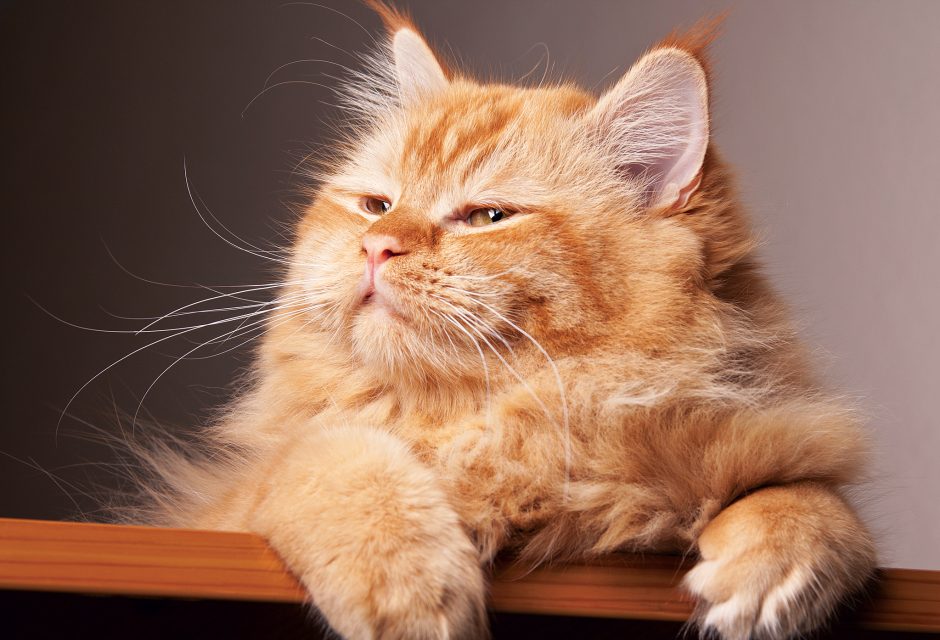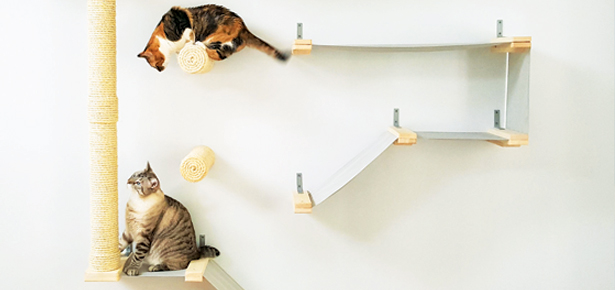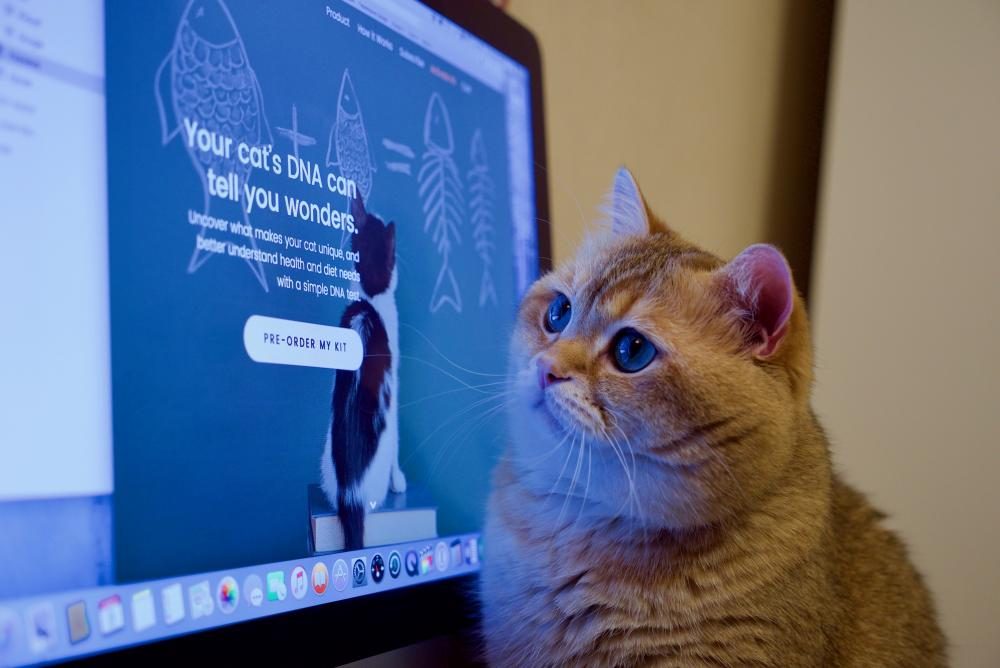
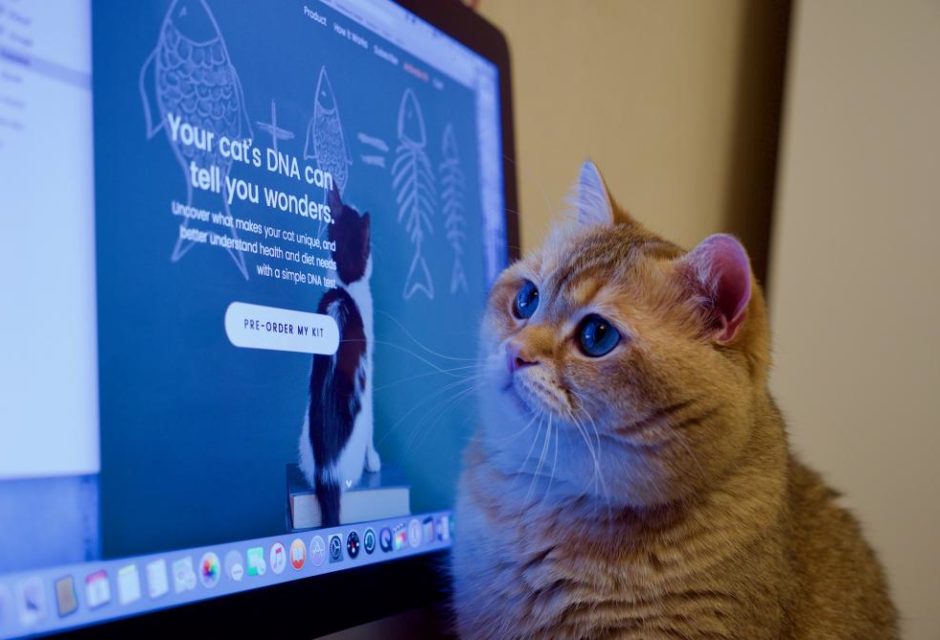
What Can I Learn From My Cat’s DNA?
Looks. Smarts. Health. Your furry companion inherited most of her traits – good and bad – from her cat-parents. Scientists around the world are discovering how the different genes we inherit from our parents make both humans and cats unique. Your cat’s furry coat, friendliness, as well as her risk for hundreds of diseases are all influenced by her DNA.
Want to know more about your cat’s DNA? Here are some of the most amazing things you can discover in your cat’s genetic make up:
1. Your cat’s personality
Although your cat’s super-fluffy tail and bright green eyes obviously came from a fur-parent, you might not have considered which of her personality quirks also came from mom or dad. DNA has a strong influence on most cat traits you can think of.
For instance, the willingness of cats to be handled by strangers has as much to do with the friendliness of their absent kitty fathers as it does with their doting human parents. Even the likelihood that a cat will rub his little kitty face into dried catnip and then roll around is mostly determined by genetics.
2. Your cat’s family tree and ancestral roots
Your cat inherited half of her chromosomes from each of her parents, resulting in a unique combination of 19 different chromosome pairs. Just like your cat, her parents received half of their DNA from each of their own parents. This means that ¼ of your cat’s DNA came from each of her grandparents.
Your cat might not be a registered breed with a recorded family tree, but she carries her family history with her in her DNA.
3. Your cat’s risk for diseases
Just like humans, cats can inherit genes from their parents that make them more likely to suffer from diseases. Veterinarians have identified more than 250 diseases that can be inherited in your cat’s DNA.
Some diseases, like polycycstic kidney disease, are linked to a mutation in a single gene. Other diseases, like lower urinary tract diseases, are more complex and influenced by a number of different genes.
Many cat diseases are similar to human diseases. As scientists learn more about the genes responsible for these inherited diseases, both humans and cats will benefit.
4. DNA-based preventive care
Is your cat at risk for developing a disorder? Don’t panic – you can be proactive about protecting her from harm. Your cat’s DNA can help you develop a lifelong healthcare plan for your cat.
For instance, some cats are more likely to contract viral diseases like feline infectious peritonitis. If you learn about your cat’s health risks before they become a problem, you can take steps to help your cat live a long and happy life.
Should I Have My Cat’s DNA Tested?
With the invention of affordable DNA tests under $100, you may be wondering if it’s time to test your cat. Here are a few of the reasons why you might consider testing your cat’s DNA today:
- Your cat’s breed is predisposed to health problems. Some breeds are at very high risks for developing a life-threatening disease. For instance, Maine Coons often develop hypertrophic cardiomyopathy and Persians are likely to suffer from polycystic kidney disease. If your cat is related to any of these high-risk breeds, you should test your cat’s DNA, ESPECIALLY if you are considering breeding.
- You don’t know your cat’s family history. Is your cat a rescue with an unknown past? Your cat’s DNA can unlock secrets about her distant (and recent) relatives. You might find out that your cat has Persian blood. Or you might discover that she is descended from a wild cat.
- Your cat has a health issue. Your cat’s genes might help prevent other cats from developing the same disorder. Learning more about your cat will help scientists diagnose and treat these diseases in the future. Funds are available to help sick cats get access to free or discounted DNA tests.
- You’ve always wished your cat could speak. It’s exciting to discover new things about the ones we love most. Consumer-friendly cat genetic tests will provide you with TONS of information about your cat, specific to your cat. Your cat can’t tell you stories – maybe her DNA can tell you stories instead.
There are a few options for testing your cat’s DNA. If you want to test for a specific disease or gene, your veterinarian can help you choose an appropriate service. Or, if you’d like a more general report about your cat’s risks for numerous diseases, as well as insights into her personality and ancestry, Basepaws offers a DNA sequencing service for $95.
DNA 101: Cat Genetics Simplified
Ever wondered how all that information gets packed into your cat’s DNA? Here’s a little introduction to cat genetics:
DNA is made of four molecules: Adenine, cytosine, thymine and guanine (or A, C, T, G for short). These four molecules are arranged in a unique linear order that makes every cat (and human) unique. In total, your cat’s DNA contains around 2.7 BILLION “letters.”
To give you an idea how much information this is, a LONG novel (think War and Peace) might have 2 – 3 million letters in it. Picture a stack of 1,000 of these books. That is how much information is contained in each of your cat’s cells.
Located in your cat’s DNA are genes, sort of like chapters in the books – each with a start and end. Your cat’s DNA contains a total of around 20,000 genes. Sometimes, one wrong letter in one of these genes can be the difference between a healthy cat and a very ill cat. Just ONE wrong letter.
Deciphering Cat DNA
Most of your cat’s DNA (more than 99%) will have the same sequence as every other cat’s DNA. However, it’s the small differences that make your cat unique. These differences arose over time (in your cat’s ancestors) through natural mutations to create “variants,” or different versions of genes.
What happens when a gene mutates? It depends on what the gene does and what the mutation does to the gene. Many mutations go completely unnoticed. Other times, a single mutation can have a massive impact on your cat. For instance, the missing tails on the Manx cat and short legs on Munchkins were both caused by single gene mutations in these breeds’ family trees.
Most of your cat’s traits (as well as risks for diseases) are determined by a combination of multiple genes. Scientists are still trying to determine all the ways your cat’s 20,000 genes work together to create one unique cat, and they’re getting closer with every cat that has their DNA sequenced. Once we uncover the secrets of feline genetics, we can revolutionize the way we care for our cats.
If you enjoyed this article, please share it. For more articles about your cat’s DNA, follow the Basepaws blog.
Join the newsletter and never miss out on cat content again!
"*" indicates required fields
By clicking the arrow, you agree to our web Terms of Use and Privacy & Cookie Policy. Easy unsubscribe links are provided in every email.





